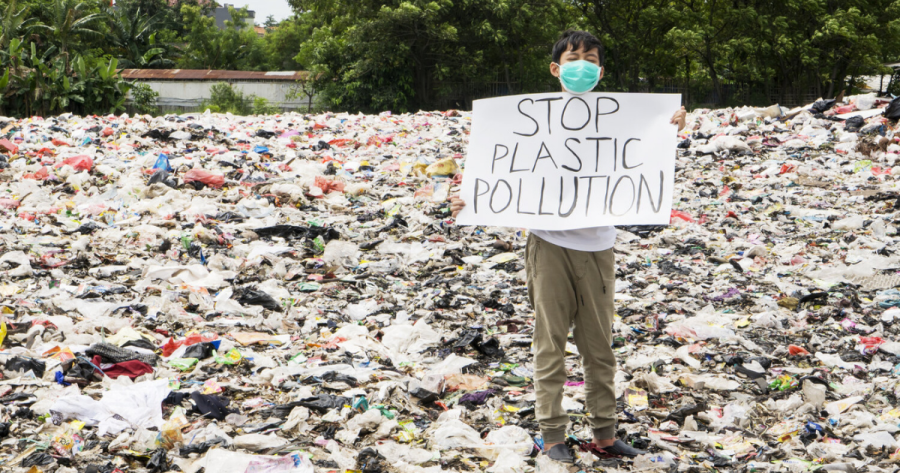What Are Plastics That You Only Use Once
Plastics meant to be used only once and then thrown away are called “single-use.” plastics They are objects that can be thrown away, like plastic straws, water bottles, cutlery, and most food packaging.
In the food, health care, and personal care industries, single-use plastics are often, but not always, used. Many things that say “one-time use only” can be used more than once. Most of the time, the situation determines what is single-use. When you are out and about, you are more likely to use something once and then throw it away than when you are at home.
What Are Some Examples Of Common Plastics That Can Only Be Used Once
Goods that can only be used once should be thrown away after usage, such as:
Earbuds, party balloons, cups and lids for coffee, containers made of polystyrene or foam, cigarettes, paper plates, and other things, tissues, toilet paper, cleaning gloves or medical gloves, most of the packaging for food and non-food products, straws, plastic plates and cups, plastic bags for shopping covers made of disposable plastic for hot drinks, water in plastic bottles, takeout boxes, and cups for drinks, sleeves for food, bottle’s tops, or stirrers.
All of these are everyday objects that can hurt the environment. To live a clean life, you must pay attention to the plastic packaging you buy for your things and promise not to buy anything with single-use plastic.
What’s Wrong With Plastics That Only Need To Be Used Once
Most fossil fuels make plastics that can only be used once. It takes a lot of time and work to get these materials from the ground, process them, and turn them into packaging and other one-time-use items.
After all this work, they are just thrown away. We should avoid single-use plastics for many reasons, such as the fact that most plastic items that are only used once are not made to be recycled. This creates a big waste management problem in the USA, and dumpster rental service companies are required to clear the mess.
Many disposable plastics lack a polymer identification code. This means that if the item ends up at a recycling plant, there is no way to tell what kind of plastic it is. Because of this, we can’t recycle many of these things at the curb. If you put something that doesn’t belong in a recycling machine, it can get stuck. Many items that you throw away are made of more than one layer of material.
Most of the time, there isn’t any equipment to separate the materials, which makes recycling hard. If you leave single-use plastics in the environment, they won’t break down. Instead, they will break up.
Microplastics are small pieces of plastic broken down over time by heat and sunlight into smaller pieces. When these polymers break down, the chemicals used to make them could end up in the environment or the bodies of animals.
The Ban On Single-Use Plastics
Plastic waste is a very big problem in the world. Plastic trash is all over the place. Our lakes, rivers, and oceans all have it. Our parks, gardens, and streets all have it.
It can be in both the food we eat and the water we drink. We have a problem with plastic that needs to be fixed. Eliminating plastic bags that can only be used once is a huge step forward.
The ban of single-use plastics is part of a global effort to protect the environment by reducing and eventually getting rid of single-use plastics. The idea came from the alarming rise in plastic pollution. Plastic doesn’t break down in nature and can take up to a thousand years to break down if it’s thrown away.
Even if this program only has a small effect on plastic pollution, the ban on single-use plastics means that the government has banned polluting items such as straws and plastic bags. To protect the environment, the government has decided to put limits on single-use plastics.
This means that people will use a lot fewer plastic bottles and bags. The ban includes plastic straws, cutlery, and drink stirrers that are only used once. The ban also applies to products made with polymers that break down when exposed to oxygen. Even if these plastics break down into small pieces, they could still hurt the environment.
What Can You Use Instead Of Single-Use Plastics
The ban on single-use plastic will spur innovation, especially for plant-based things that break down quickly. Similarly, bioplastics are becoming more and more common. Bioplastics are made out of biomaterials, either all of them or some of them.
Use straws made of metal, paper, or bamboo instead of plastic. We can also advertise straws that you can eat, like pasta straws and rice straws. We can encourage people to use reusable water bottles from the tap instead of buying water in bottles.
Encourage people to use bamboo cutlery that can be washed and eaten. Use a reusable cloth bag instead of a bag you have to throw away. Use twine or a holder to keep the balloons in place. You could use tissue balls, paper flags, ribbons, or kites.
Try to get people to stop smoking, but until that happens, use biodegradable filters and cigarettes. Scrubbers can be used with sponges and dish towels made from natural fibers.
Use bamboo or paper cotton swabs that you throw away instead of plastic cotton swabs, or use cotton swabs that you can use repeatedly. Use wet wipes made of biodegradable materials, diapers made of washable cloth, and diapers with no plastic.
A ban on single-use plastics would be great for the environment. This is a positive turn of events. These plastic items don’t belong in the world’s landfills, where they would pollute the water and add to the huge amount of trash that is already there.

